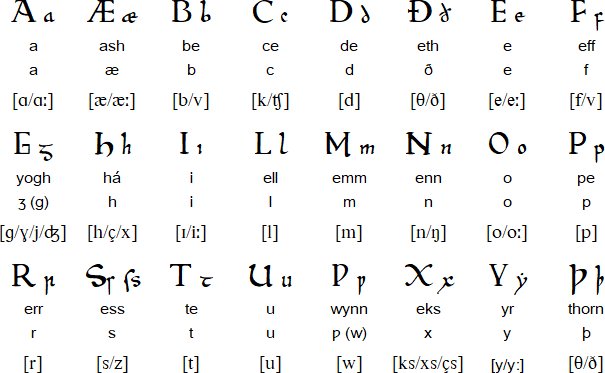

Old English font is the first-ever font to be established and widely used. The History of Old English FontĪ font that goes by many, many names, Old English was the first font ever invented. Let’s start at the beginning and cover the history of Old English font. Finally, we will teach you how to use an Old English typeface in Vectornator.

This article will discuss what an Old English font is, why you should use it, and some examples to inspire you. We’ve been talking a lot about lettering lately and have some pretty extensive guides on brush lettering, digital lettering, typography, and hand lettering. Lately, we’ve also been seeing a resurgence of Old English forms in advertisements, web design, and even tattoos. We’ve seen vintage logo designs, remade vintage movies, and retro '70s styles exploding on the runways. People are embracing vintage styles in their homes, clothing, and graphic designs. Everyone loves retro designs lately, and that goes for fonts too. This style couldn’t be more perfect for the current popularity of the vintage aesthetic. And who doesn't want to make their designs look regal? This font style is reminiscent of the past and evokes an appearance of majesty and royalty. ("The Gradual Disappearance of the Long S in Typography", Jeremy Norman's HistoryofInformation.Old English font is a medieval script that goes by several names: Gothic script, Fraktur font, Barbarian script, and Blackletter font, to name a few. This may have been spurred by the fact that long ‘s’ looks somewhat like ‘f ’ (in both its Roman and italic forms), whereas short ‘s’ did not have the disadvantage of looking like another letter, making it easier to read correctly, especially for people with vision problems. Long ‘s’ fell out of use in Roman and italic typography well before the middle of the 19th century in French the change occurred from about 1780 onwards, in English in the decades before and after 1800, and in the United States around 1820. The Times newspaper quietly switched to a modern typeface with no long s or old-fashioned ligatures (this was one of several reforms instituted by John Walter the Second, who became joint proprietor and exclusive manager of The Times at the beginning of 1803).” “The death knell,” he writes, “was finally sounded on September 10th 1803 when. One reason it’s no longer used is because: ("The Long and the Short of the Letter S", by Andrew West, BabelStone Blog)

The long-s originated at a very early date in cursive Roman scripts, and can be seen in both Old Roman Cursive (1st to 3rd centuries AD) and New Roman Cursive (late 3rd century to 7th century). Its history explains the letter pretty well. It was always pronounced as an s is pronounced it was never pronounced as an f. It was just a different way of writing s. In the first place, it’s not f, but long s.


 0 kommentar(er)
0 kommentar(er)
